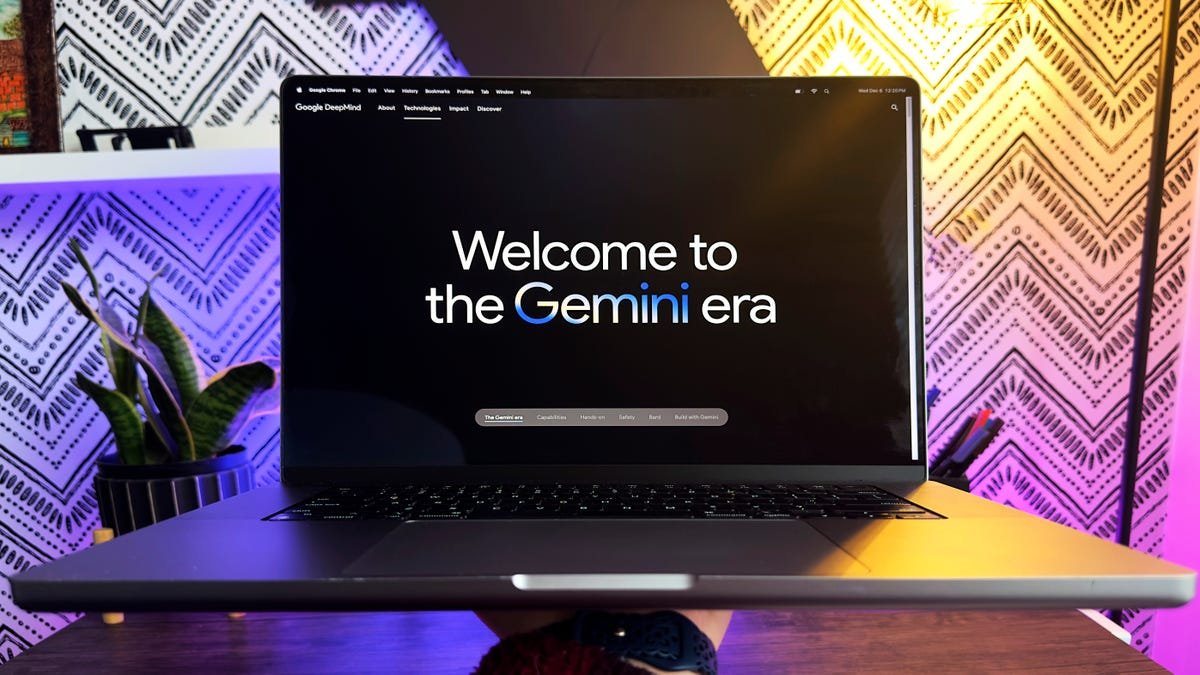Google’s Veo 3: The Next Frontier in AI-Powered Video Generation
Google made waves at the Google I/O 2025 event, unveiling Veo 3, its latest breakthrough in AI-driven video generation. This sophisticated tool is integrated within the new Google AI Ultra subscription, granting access to some of the most advanced AI models and features available today.
Transforming Text into Cinematic Reality
Veo 3 is designed to transform simple text prompts into hyper-realistic video clips, complete with dialogue, sound effects, and background audio. This tool could be a game-changer for casual content creators, making it one of the most advanced options on the market. After hands-on testing, it’s clear that Veo 3 can deliver breathtaking results, although it has its share of quirks.
What Veo 3 Gets Right
Unmatched Sound and Dialogue Integration
One of the standout features of Veo 3 is its user-friendly interface, particularly for adding sound and dialogue. Unlike its predecessors, users find Veo 3 significantly easier to navigate when intertwining audio elements into their videos. Even more impressive, clips can be generated in under two minutes, offering stunning realism without the need for a full production crew.
Breaking Down the Realism Barrier
The clips produced are so life-like that many find it challenging to distinguish them from traditionally filmed footage. As shared across various social media platforms, creators are posting examples that highlight the unbelievable speed and quality of this technology.
“Google Veo 3 realism just broke the Internet yesterday. This is 100% AI.” — A user posted on May 22, 2025.
Where Veo 3 Still Struggles
Prompt Interpretation: Hit or Miss
Despite its numerous strengths, Veo 3 is not without flaws. One significant issue is that it often misinterprets prompts. For instance, requesting a specific camera angle may yield unexpected results, such as a slightly tilted shot rather than the intended overhead view. This inconsistency underscores that while the tool aims for cinematic flair, it sometimes sacrifices strict adherence to user instructions.
Audio Issues: An Obscured Challenge
In its default setting, Veo 3 operates in “Veo 2 mode,” lacking audio capabilities. Users may find themselves puzzled by silent clips until they discover they must switch to "Experiential Mode" to activate audio. Lip-syncing can also be hit-or-miss, and dialogue might drop out unexpectedly, compromising the cinematic experience.
Complex Scenes Can Be Tricky
While Veo 3 shines when focused on single subjects, it falters in more complex scenarios. Multi-character scenes often yield muddled narratives and stiff interactions. If your creative ambition involves intricate storytelling, you may want to manage your expectations.
The Interface Needs Polishing
User experience can also be a hurdle. Some users have reported unexpected session timeouts that result in lost work, with no recovery options readily available. This raises important questions about usability and design. For such a powerful tool, the interface still has room for refinement.
Ethical Implications: A Double-Edged Sword
With its stunning realism, Veo 3 has sparked an array of ethical debates. Concerns about how such technology could blur the lines between fact and fiction are growing. As AI-generated videos gain prevalence, discussions about authorship and originality in creative industries become more pressing.
A Promising Yet Pricey Tool
For $249 a month (with a discounted offer for the first three months), the Google AI Ultra package is a steep investment for a tool still undergoing tweaks. However, it represents a substantial leap forward in the AI video generation landscape. For individuals simply seeking to experiment or create basic promotional content, Veo 3 offers exciting possibilities.
If you’re a seasoned creator aiming for cutting-edge results, keep an eye on Veo 3’s development. Just remember to maintain tight prompts and realistic expectations while you’re at it.
Conclusion: Veo 3’s Future in Video Creation
Despite its imperfections, Google’s Veo 3 offers groundbreaking capabilities for AI video generation, paving the way for future innovations in media creation. As the technology matures and its interface improves, we can expect it to become an essential tool for creators across various fields, blending artistry and technology into seamless storytelling experiences. For now, it stands as a thrilling glimpse into the future of video content creation.
This article goes beyond mere technical specifications, weaving a narrative that discusses both the potentials and the challenges of Veo 3. As we look ahead, staying informed about such advancements in technology can help users make better choices, both creatively and ethically.






